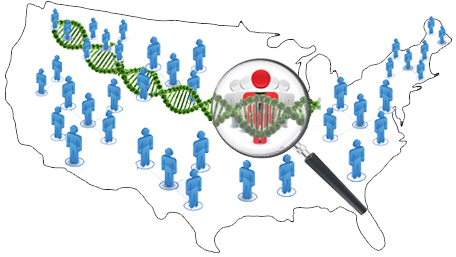Category: surveillance
Accelerating Precision in Public Health Surveillance and Response
When our communities face a health crisis, the research, clinical, and public health worlds come together and collaborate. Public health programs drive toward prevention, diagnosis, and treatment of the population, but they need the support and guidance of data-driven research behind them every step of the way. While most of the data needed to accelerate Read More >
Posted on byTrends and Factors Affecting Utilization of BRCA Testing in the United States: The Need for Improved Surveillance

This blog post is a summary of two recent CDC papers on the trends in utilization of BRCA testing in the United States, and metropolitan-nonmetropolitan areas differences in testing. Women with pathogenic BRCA mutations have an estimated 45–65% risk of breast cancer and a 17–39% risk of ovarian cancer by age 70, as compared with Read More >
Posted on byIntegrating genomics into population-based cancer surveillance in the era of precision medicine

Population-based cancer surveillance provides a quantitative measurement of cancer occurrence in the United States and globally. Core activities of surveillance include measuring cancer incidence and characterizing each cancer with regard to histopathology, stage, and treatment in the context of survival. Cancer surveillance has been crucial in informing policy and practice, as well as clinical and Read More >
Posted on byIntegrating Genomics into Public Health Surveillance: Ushering in a New Era of Precision Public Health

Public health surveillance has been defined as “the ongoing systematic collection, analysis, and interpretation of data, closely integrated with the dissemination of these data to the public health practitioners, clinicians, and policy makers responsible for preventing and controlling disease and injury.” Surveillance provides an essential scientific foundation for both clinical and public health practice. In Read More >
Posted on byWhat Gets Measured Gets Done: Genomics, Surveillance Indicators and Healthy People 2020

Public health surveillance indicators, such as those developed for the Healthy People initiative are useful for monitoring the development of genomic medicine in the United States. For several decades, Healthy People has established health benchmarks that are considered important metrics for tracking progress in health and healthcare in the United States. Read More >
Posted on by

